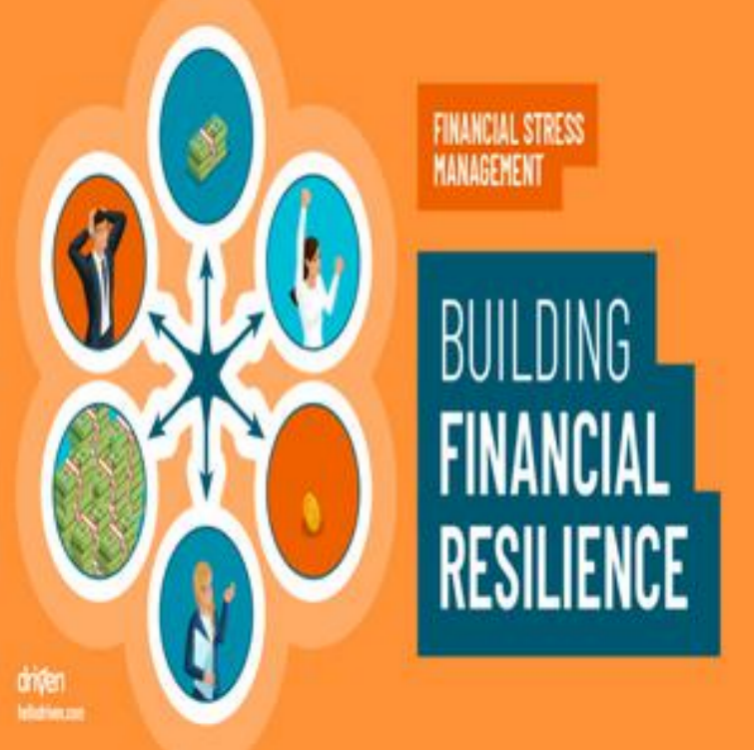For wealthy investors, utilizing ETFs for diversification extends beyond merely acquiring several funds—it involves constructing a multi-layered portfolio that provides protection against market fluctuations while also harnessing potential growth. The essential approach is to look past superficial diversity and utilize the distinct advantages of ETFs to enhance resilience.

Mix Asset Classes That Are Uncorrelated
It’s advisable to avoid clustering similar ETFs (for example, two U.S. stock funds). Instead, consider combining equity ETFs with alternative options such as commodity ETFs (gold, agricultural products) or real estate ETFs (REITs). These types of assets behave independently from stocks—when the market declines, commodities typically retain their value, providing a safeguard against losses.
Do not merely mix large-cap ETFs. Ensure to include small-cap and mid-cap ETFs that target emerging sectors (such as AI and renewable energy). Small-cap stocks present opportunities for growth, while large-cap stocks offer stability. This approach creates a balance in volatility since smaller firms often excel during recoveries but might experience greater fluctuations in the short term.
Introduce Geographic Risk Protections
Expand your investments beyond U.S. and European ETFs. Incorporate emerging market ETFs (from Asia and Latin America) and frontier market ETFs (pertaining to Southeast Asia and Africa). These areas experience varying economic cycles—while developed markets may face stagnation, developing economies may thrive, which alleviates dependence on a single region’s performance.
Integrate Factor-Based ETFs
Factor ETFs focus on particular characteristics such as value, quality, or low volatility. Combine a value ETF (which targets undervalued stocks) with a low-volatility ETF (featuring stable, slower-growing companies). This pairing is effective as value stocks tend to thrive in bullish markets, while low-volatility stocks remain resilient during downturns—helping to stabilize overall returns.
Employ Fixed-Income ETFs for Stability
Not all bond ETFs function similarly. Combine short-term Treasury ETFs (which are low risk and provide liquidity) with corporate bond ETFs (which offer higher yields) and TIPS ETFs (which are designed to protect against inflation). This layered strategy ensures consistent income while safeguarding against interest rate increases and inflation—critical concerns for high-net-worth investors.

Numerous ETFs may overlap in their leading holdings (like major technology stocks). Utilize portfolio analysis tools to identify any redundancies. If two supposedly “diverse” ETFs each contain 10% of the same tech giant, true diversification is lacking—remove one of them to incorporate an ETF with distinct holdings (such as one focusing on the healthcare sector).
Add Defensive Sector ETFs
Incorporate ETFs that concentrate on defensive sectors: healthcare, consumer staples, or utilities. These industries typically exhibit less sensitivity to business cycles—people continue to buy medication and groceries even during economic downturns. Defensive ETFs serve as a protective measure, minimizing portfolio declines when markets suffer.

ETF diversification hinges on purpose and not merely on the number of funds. By amalgamating uncorrelated assets, strategically chosen market capitalizations, diverse global markets, and factor-focused strategies, high-net-worth investors transform ETFs into a tool for risk management that does not compromise growth—developing a portfolio that maintains its strength amid market fluctuations.



